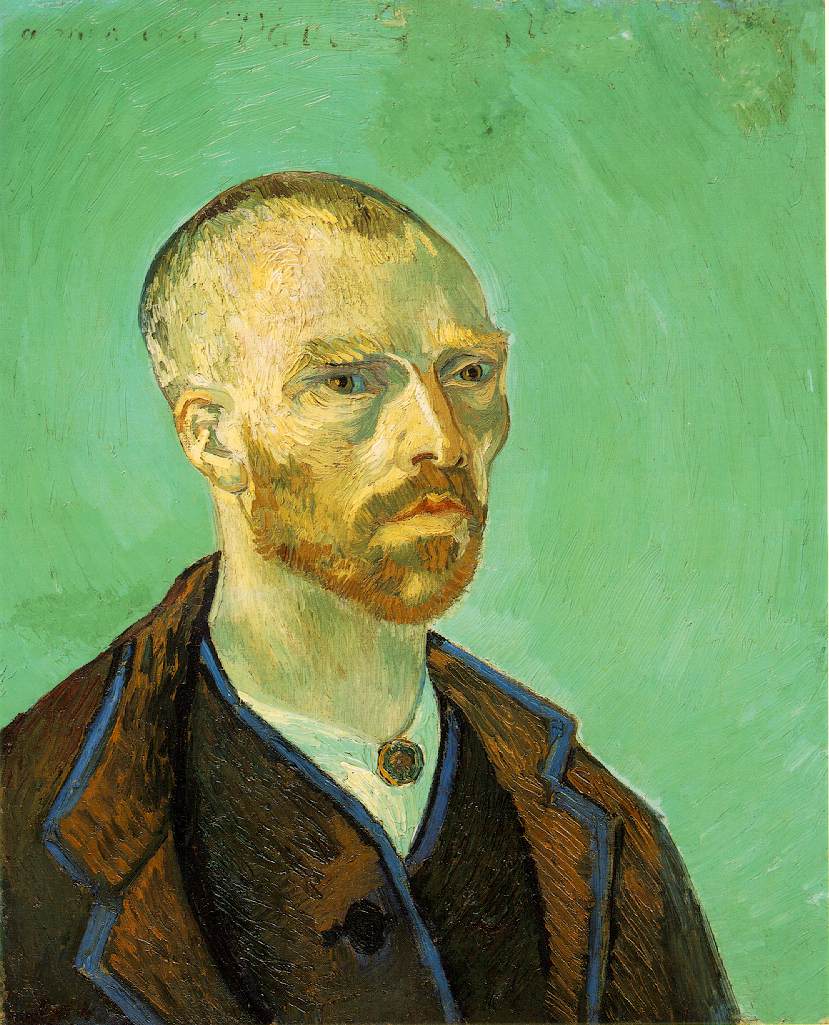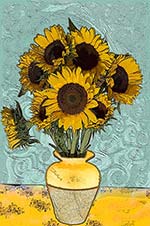
Art. I generally have no passion for the traditional sense of the word. When a monkey can take a paint brush, make a few lines on a canvas and sell it for thousands of dollars, I just have to question the whole movement. However, there is one style of art that I really enjoy and one artist that really strikes me as having some serious skill. Rembrandt. The guy could paint and the Dutch Golden Age of the 17th century is really something.
There are many critics, both adoring and critical, of Rembrandt’s work. Naturally, as one of the world’s most revered artists, an opinion of every kind will be had with respect to his work. One area of debate concerns the level to which Rembrandt collaborated with his contemporary, Jan Lievens. Because of the infancy of historical documenting methods during the day, truly knowing the level to which Rembrandt collaborated with Lievens will probably never be known, nevertheless, a number of art scholars have debated the issue.
Within art history circles, there is a developing belief that a number of drawings attributed to Rembrandt were actually drawn by Lievens. Roelof van Straten argues that at least two paintings attributed to Rembrandt (Circumcision, Rest on the Flight into Egypt) were actually painted by Lievens. He also argues that Rembrandt didn’t even begin making prints, as these two drawings are, until 1628, until at least three years after these drawings were created. In his essay, Straten does acknowledge that the two artists were trained in similar styles in relative close proximity, leading one to believe that the similarities between each painter’s creations are a result of this training, however, he notes that the similarities in style between many of Lievens’ drawings and the two mentioned earlier are so similar that there is little chance that Lievens did not draw them. He references the cross-hatchings in the clothing and the tilting of heads as important similarities. Straten sums up his argument by saying “there is no reason to believe that the styles of Rembrandt and Lievens were so close that their hands could possibly be confused” meaning that each artist has certain idiosyncrasies that even a similar stylistic training would overrule.
Straten also addresses the fact that Rembrandt’s name was etched on a number of paintings that he considers someone else’s. He notes that at least once, Rembrandt’s name was misspelled causing one to ask: Why would Rembrandt misspell his own name? He also notes that throughout Rembrandt’s career, dealers/artists would place Rembrandt’s name on their paintings in order to make money off of his fame. Also, the name of a buyer visited by Lievens (historically documented) finds itself on a questionable painting. Straten concludes that Lievens initially took his painting to Berendrecht, was initially rejected, but later the dealer Berendrecht in
While it is becoming more accepted that some of the drawings attributed to Rembrandt are Lievens’, there is still insufficient evidence to definitively say who really drew them. While Schatborn’s article does agree with Straten’s on some accounts, it is not a full endorsement of Straten’s “evidence” by any means. The thesis is hard to find in this article, but it can be summed up by saying that the evidence does not
Schatborn relies on the training of the two men to explain why each could have drawn so similarly that the drawings attributed to Rembrandt could actually be his. Because each was closely trained under
Personally, I believe that the argument attributing some of Lievens’ drawings to Rembrandt is entirely possible, if not probable. Both articles reference the fact that art historians are increasingly suspicious of the early Rembrandt drawings and that they are probably Lievens’. Also, the ability for these critics and historians to accurately pick out small peculiarities between each man makes me believe that they know what they are saying. Although the evidence is not conclusive; I think the argument is a strong one, considering the practice of printers to put Rembrandt’s name on works that were not his in order to sell them.
Master Drawings





